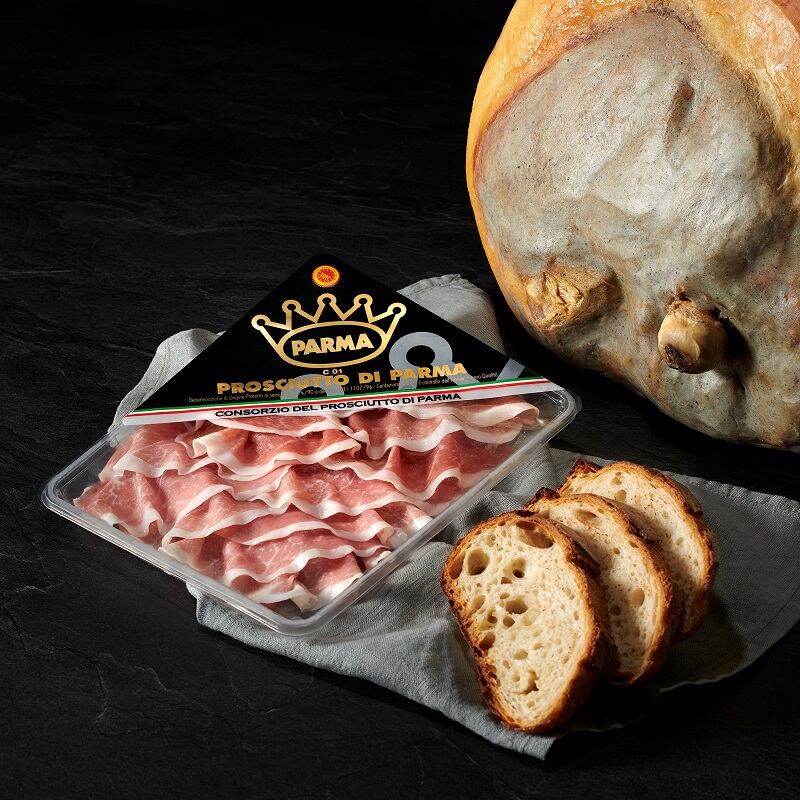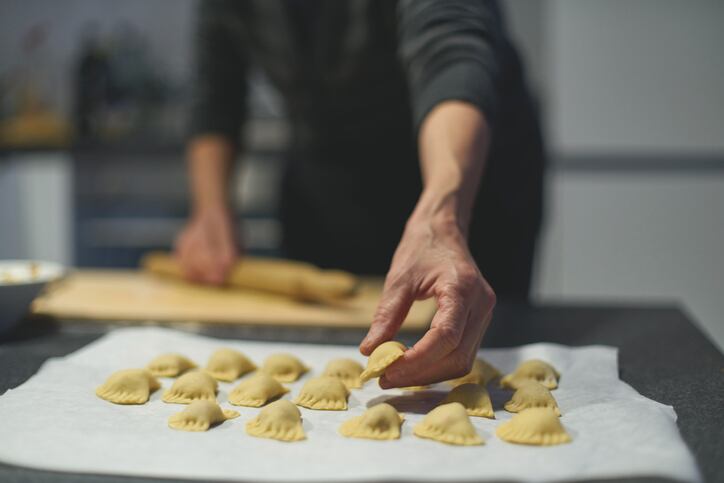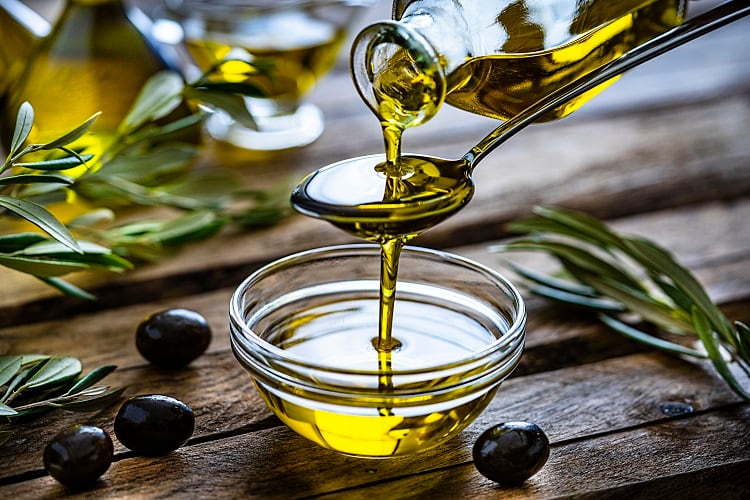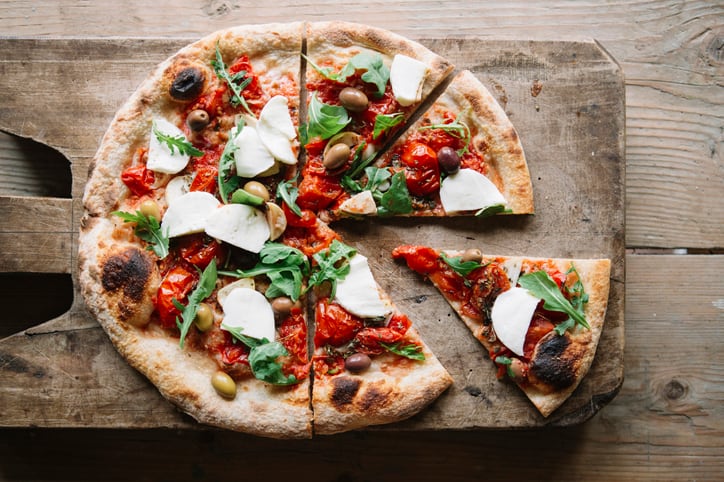Parma Ham and tradition go hand in hand. Its unique taste is thanks to a long, painstaking and centuries-old production process that is subject to rigorous quality control at every stage to ensure traceability and provenance.
But producers are now concerned that the current packaging of the dry-cured ham – a multi-layer film based on traditional plastic materials – is at odds with today’s trends of environmental sustainability and circular economy.
The Parma Ham Consortium, which represents 140 producers who use and safeguard the traditional processing method, has carried out in-depth research to test alternative and more sustainable materials than those traditionally used for packaging pre-sliced ham.
"Parma Ham has always played a fundamental role for the social and economic resilience of the province of Parma. This role must also include the environmental aspect,” said Consortium President Alessandro Utini. As producers of a food with a protected designation of origin, the Consortium is “united by an inseparable bond with our territory of origin”, he added. The Consortium must therefore “invest in research to reduce the environmental impact of our production activities.”
Collaborating with the Experimental Station for the Parma Food Conservation Industry (SSICA), the group has carried out shelf-life tests on packaging from several sources and with different recycling methods, such as paper, recyclable PET and compostable bioplastics.
The selected materials were combined in different types of packaging and used for packaging trials in a protective atmosphere with Parma Hams from different producers and maturation periods, ranging from 16 to 20 months.
At the end of the monitoring period, the packs underwent chemical-physical, sensory and microbiological analyses with “extremely significant results”, said Utini.
“Packs consisting of [a] paper tray and paper top with or without [a] transparent window, yielded even better preservation performance than traditional materials, also in terms of durability. Paper is therefore an excellent solution for the packaging of our pre-packed products, thanks to its recyclability, ease of reuse and origin from a renewable source.”
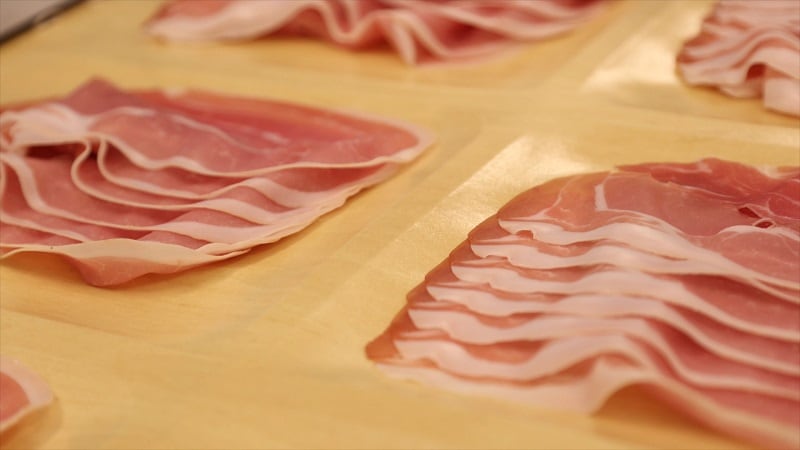
Other materials tested did not disappoint either: the PET tray, had a shorter shelf-life than paper, but proved suitable for sale in transparent packaging. The compostable bioplastic-based packages also meant a shorter shelf-life but were found to compatible with a takeaway format.
The move to strengthen the environmental sustainability and circular economy of Parma Ham comes admid strong sales boosted by the pandemic. 2021 was a record year for sales when 72 million trays were exported from Italy, an increase of 3% compared to the previous year. In 2022 more than 90 million packs were sold around the world a figure well above that of 2019.
“The research has successfully identified valid alternatives to traditional packaging and has provided manufacturing and packaging companies with important tools to support their already substantial commitment to sustainability,” said Utini. The transition to alternative and more sustainable materials, will require “commitment and time to be fully implemented”, but is both “desirable” and “finally possible”, he added.
“The research is now available to all our members, who can decide on its implementation,” a Consortium spokesperson told FoodNavigator. “We do not have precise timing regarding this step but we hope that in a reasonable time the alternative and more sustainable materials studied by the Consortium can significantly replace the traditional ones currently used."


